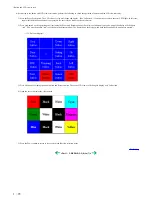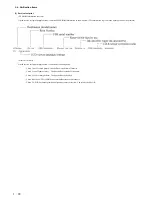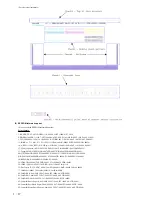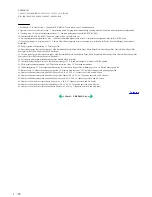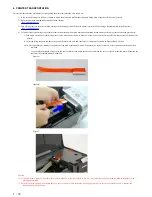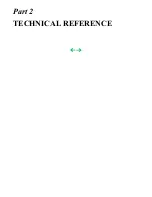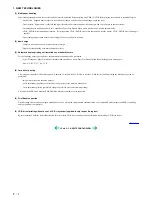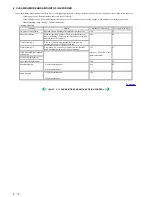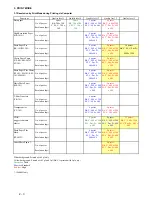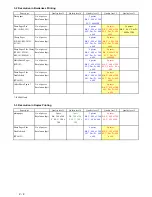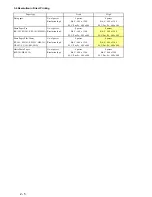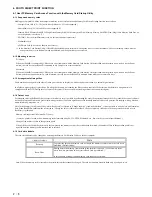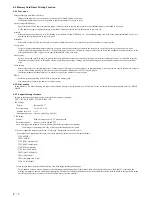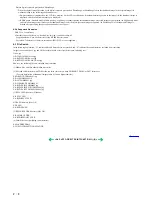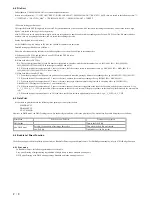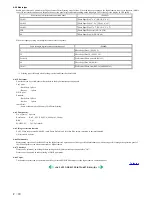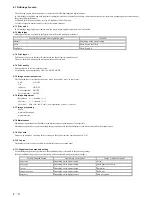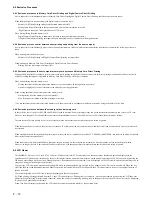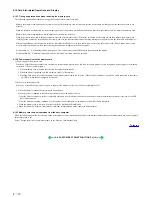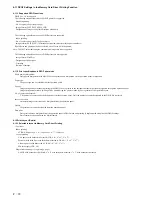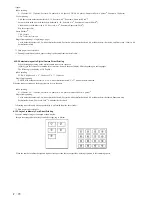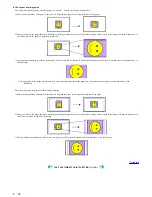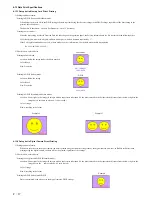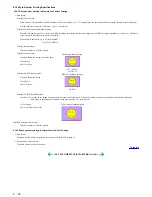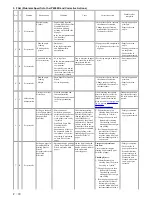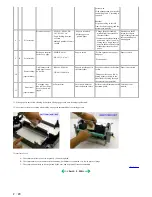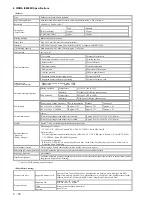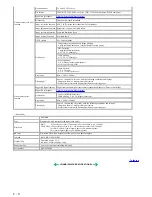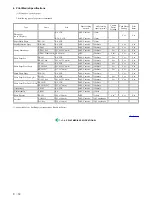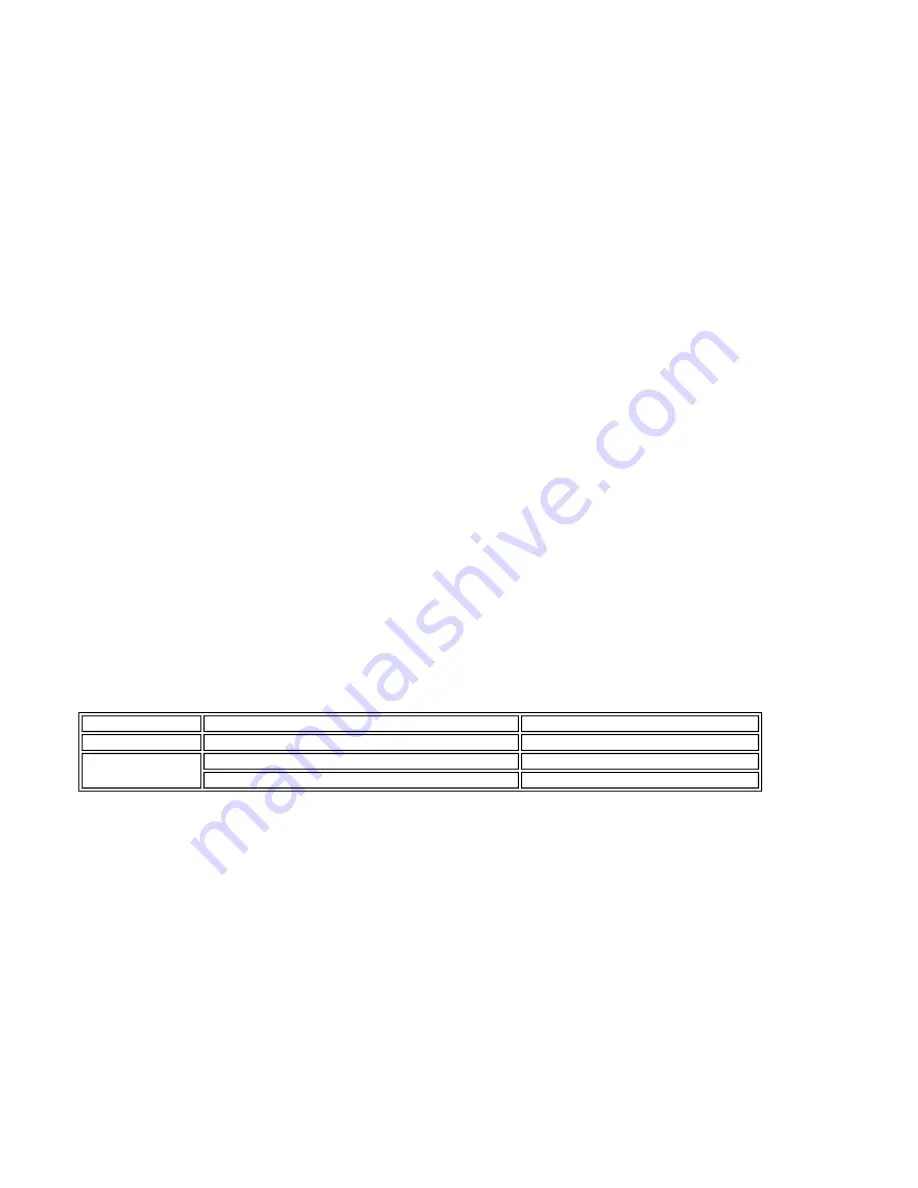
4-4 File Sort
Full pathnames ("/DCIM/100CANON") are sorted in alphabetical order.
If there are six directories; "/";"/CUSTOM";"/FREE";"/DCIM/100CANON";"/DCIM/101CANON";"/DC97/CTG_0020", they are sorted in the following order: "/" -
> "/CUSTOM" -> "/DC97/CTG_0020" -> "/DCIM/100CANON" -> "/DCIM/101CANON" -> "/FREE"I
<File name sorting specifications>
Files specified in the DCF (Design rule for Camera File system) standards (“the file name with 8 characters excluding the extensions, and with the latter 4-digit
figures”) are sorted to the top of the list by priority.
Also, DCF files are sorted using the last 4-digits, which are recognized as a number, and sorted in ascending order. For non- DCF files, if the file name includes
numbers, they are recognized as numbers, and are sorted in ascending order also.
Sorting is performed for each directory.
As the iP6000D can work with up to 999 files, the 1,000th file and later are not sorted.
Detailed sorting specifications are as follows:
File order is determined using the rules in the following order to sort from Low to High in ascending order:
A. When one is a DCF file, and the other is a non-DCF file, the DCF file is low.
eg. IMG_0001.JPG < IMG_FILE.JP
B. When both files are DCF files,
B-1. The last 4-digits (numbers) of each file name are recognized as a number, with the smaller number low. eg. IMG_0001.JPG < IMG_0002.JPG,
IMG_0005.JPG < 07240010.JPG (The latter figures are 0005 and 0010.)
B-2. When the result of the comparison in B-1 above is the same, the files are then sorted in alphabetical order. eg. ABC_0001.JPG < ABD_0001.JPG
IMG_0001.JPG < IMG_0001.TIF (J is "lower" than T.)
C. When both files are non-DCF files,
C-1. From the beginning of the file name, the position of first number is detected, sorting by distance in ascending order.. eg. IMG001.JPG < IMG_001.JPG
C-2. When the result of the comparison in C-1 above is the same, numbers are sorted in ascending order. eg. IMG001.JPG < ABC002.JPG
C-3. When the result of the comparison in C-2 above is the same, the length of the numerical string is sorted in ascending order. eg. IMG001.JPG <
ABC0001.JPG (The length of the former is 3, and the latter is 4.)
C-4. When the result of the comparison in C-3 above is the same, the next character is recognized as the top of the file name, and the process returns to C-1. eg.
A_1_2_.JPG < A_1_2_3.JPG (as the results of the comparison in the first (1) and second (2) loops are the same, in the third loop, the distance to the next number
is 0.)
C-5. When the result of repetition from C1 to C4 is the same, the files are sorted in alphabetical order, as in B-2. eg. A_1_2.JPG < A_1_2.TIF
4-5 Date Print
It is possible to print the date in the following three patterns, or to not print the date.
MM/DD/YYYY
DD/MM/YYYY
YYYY/MM/DD
However, in DPOF mode, the DPOF setting is used. For the date layout and size, refer to the print layout. The date data to be used in date print are as follows:
4-6 Bubble Jet Direct Function
The following applies when the printer is connected to a Bubble Jet Direct-supported digital camera. For PictBridge functionality, refer to 4.7 PictBridge Function.
4-6-1 Print mode
In Bubble Jet Direct, the following print modes are selectable.
Easy print: Printing of images during reproduction of single frame or index. Standard printing only.
DPOF print: Printing with DPOF printing settings. Standard and index printing can be set.
Print Mode
Exif file or non-Exif file
Date data to be printed
DPOF mode
--
Date in the DPOF file
Non-DPOF mode
Exif file: Creation date of the image data exists.
Date when the Exif file was created
Non-Exif file
Updated date of the file system
2 - 9
Summary of Contents for PIXMA iP6000D
Page 7: ...Part 1 MAINTENANCE ...
Page 17: ... 3 Grease application 1 10 ...
Page 27: ...Part 2 TECHNICAL REFERENCE ...

